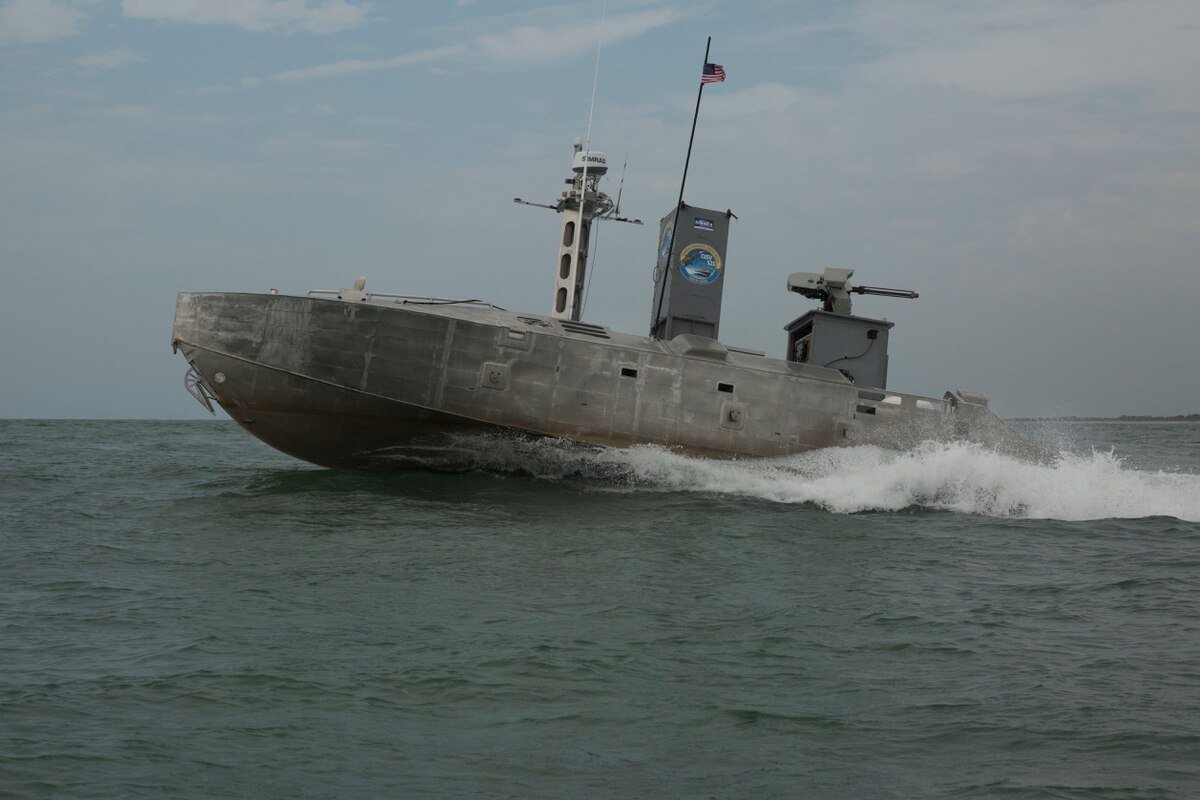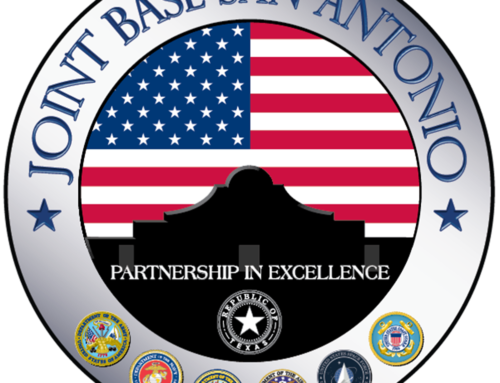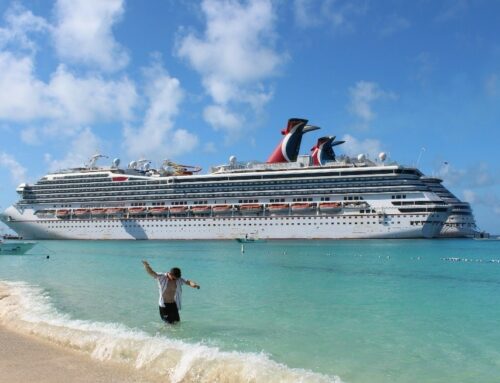As we have discussed in a previous blog post, automated/unmanned vehicles are quickly coming to the fore as the newest area of development in federal transportation policy. However, this isn’t just limited to commercial over-the-road vehicles: the U.S. Navy recently tested its longest-serving unmanned vessel, the Common Unmanned Surface Vehicle (CUSV), as a platform for port security missions at its base complex in Norfolk, Virginia.
Built by the defense contractor conglomerate Textron, this 40-foot vessel is remotely launched and operated, with high endurance and a range of over 140 km. The CUSV was developed with versatility in mind; as a part of the Littoral Combat Ship (LCS) “mission package”, it was designed to handle a wide variety of missions and objectives: mine-sweeping and neutralization, intelligence gathering and surveillance, and general maintenance of harbor security are just a few examples.
One of the most promising benefits of this technology is that this vessel can operate in higher-risk situations without endangering personnel. Captain Monty Ashliman, director of operations for Navy Region Mid-Atlantic, reiterated this, stating how “It will go out there and be one of the tools as a harbor security boat. It… may be able to operate in environments where a manned vehicle cannot…. without putting itself at undue risk”.
In early 2018, Textron and the US. Navy made major strides towards this goal, entering an agreement to test anti-surface weapons on the CUSV platform, including equipment suitable for patrol and force protection missions. The prototype vessel they developed was tested in Norfolk’s Elizabeth River earlier this month, during anti-terrorism exercise Solid Curtain 2020. This evaluated the CUSV’s suitability for monitoring and defending moored warships by intercepting, hailing, and disabling simulated suspect vessels.
Ashliman further told the local Daily Press that CUSV is “extremely close” to readiness for a patrol mission role. Although a more recent component of the naval surface fleet, these unmanned patrol vessels would fit well with the federal government’s broader interests in further developing, regulating and deploying autonomous and unmanned technology in the modern world.






